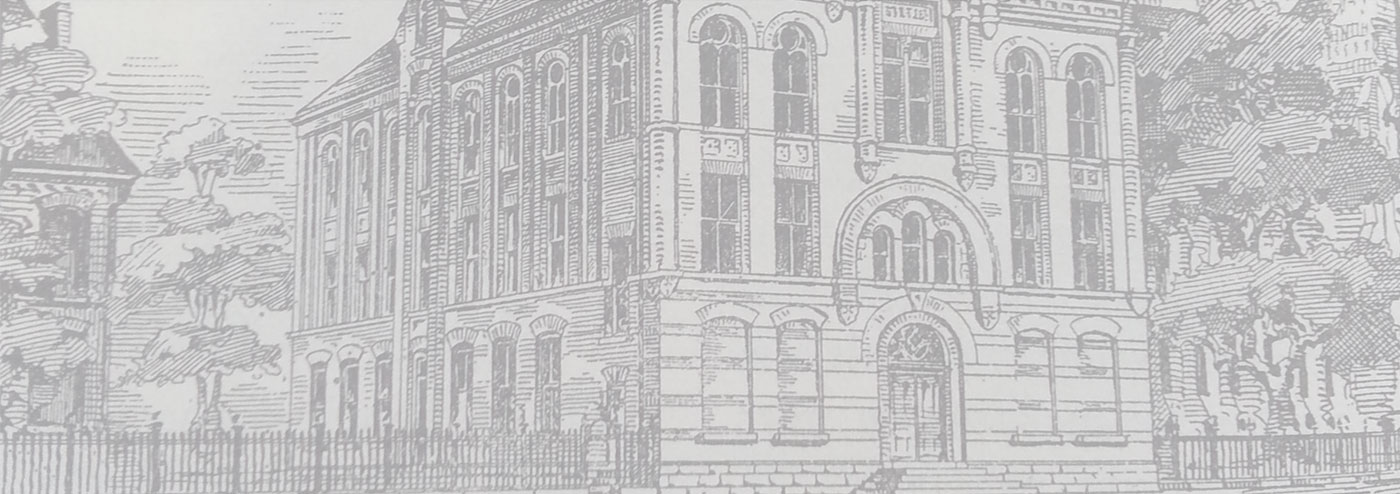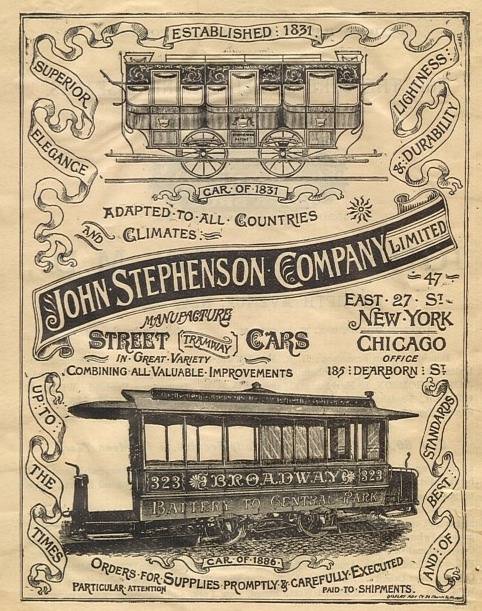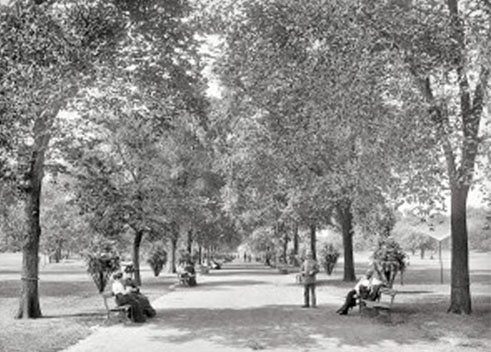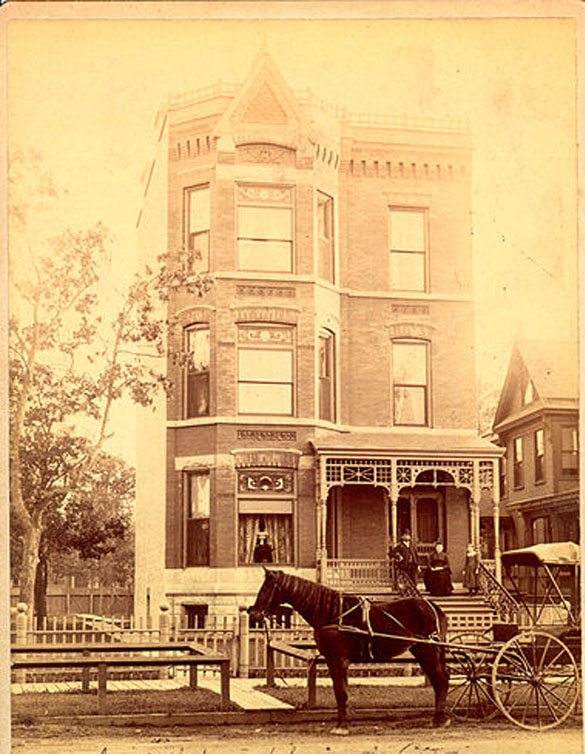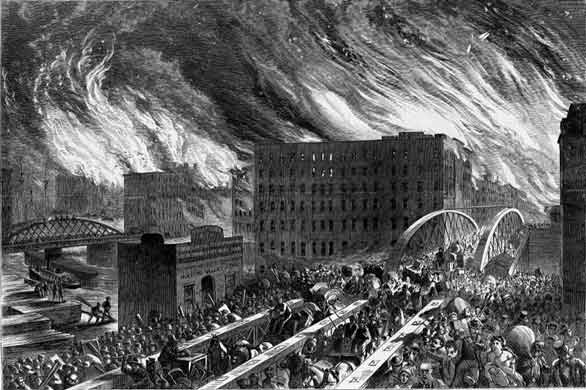19th Century
On February 11, 1835, the Illinois General Assembly endorsed the Articles of Incorporation of the Town of Chicago. The new town’s western edge was Halsted Street. When Chicago incorporated as a city in 1837, boundaries were extended west to Wood Street. After the opening of the Illinois and Michigan Canal and the Galena and Chicago Railroad, the next expansion occurred in 1853. The new boundaries were Fullerton on the north, 22nd St. on the south and remained Western to the west and Lake Michigan on the east.
Peter Leslie, newly arrived in the city, comes to “Chicago on Lake Michigan” from Philadelphia, and in his letter home he describes the construction and the bustle of the new town. Hotels are springing up, land fever is in the air and ambition is everywhere. “The people of the West have a town-making mania,” he writes. “This one must succeed. The town has more natural advantages than any place I have yet seen and is destined to be the N. York of the West.”
At this time a new army post joined an Indian settlement and trading post at what is now Armitage and Clybourn Avenues. When the city was incorporated in 1837, speculators considered settlement remote on the marshy, wooded land north of the River. In 1845 Joseph Sheffield bought the property and established a branch of his truck farming business.
The Diocese of Chicago included the entire state of Illinois as decreed by Pope Gregory XVI on November 28, 1843. The number of Catholics living in and near Chicago had risen sufficiently to sustain an independent ecclesiastical existence. William Quarter was named as the first bishop of the new diocese. Quarter began laying the groundwork for church life by creating parishes, establishing a seminary and developing other educational institutions staffed by male and female religious communities. He also petitioned the legislature to establish the Chicago bishop and his successors as a corporation sole. This gave future bishops enormous power in arranging church affairs.
During the 1800’s, the inhabitants of the future Lincoln Park Community ranged from affluent residents living east on the park, to German farmers and shopkeepers oriented to North Avenue, to industrial workers living near factories along the North Branch of the Chicago River. Most of the early European residents were German truck farmers.
The growing German community began work on St. Michael’s Catholic Church in 1852. When the Great Chicago Fire swept through the North side in 1871, St. Michael’s and areas north and west of St. Michael’s survived. The North Division of Chicago was the hardest hit. By Colbert and Chamberlin’s count, 13,300 of 13,800 buildings in this portion of the city were destroyed, leaving almost 75,000 people homeless. Virtually the entire German community in the North Division was burned out.
Demand for land in west Lincoln Park increased with completion of the Illinois & Michigan canal connecting Chicago to downstate Illinois and the Mississippi Valley. Industrial development grew along the river in the 1860’s and multi-family homes were built for workers near the factories. Public transportation was extended: Horse drawn streetcars along Armitage (Center Street), Fullerton and on Clybourn. By 1890 the area was thoroughly interlaced with horsecar lines. Cable cars were added along major streets in 1891. The Northwestern Elevated Railroad, now the CTA Brown line, opened in 1896. Shopping and businesses boomed along busy streets services by the new trains. Some of these new buildings give clues to the strong German presence in our area in the late 1800’s. The Aldine, Yondorf Block. A.C. Baumann’s, John Fass, Hammerstorm Hall, Mueller’s, The Schauss, Siebold’s, all of the structures carried owner’s name usually etched into the top of the building front.
The Alexian Brothers Hospital near North Avenue was built in 1868 by the religious order from Aachen, Germany. Destroyed by fire in 1868, a new hospital was built at Belden and Racine. In 1883, the German Ladies’ Society was urged to begin a fundraising campaign and in 1884 The German Hospital at 242 Lincoln Avenue accepted 25 patients. Due to anti-German sentiment during WWI, the hospital was renamed to Grant Hospital located on the corner of Webster and Orchard Streets.
Following Bishop Quarter’s death and the aftermath of the Chicago Fire, portions of the diocese were clipped off to create separate ecclesiastical jurisdictions. In 1880 Rome designated the Diocese of Chicago an archdiocese establishing its bishop as an archbishop.


